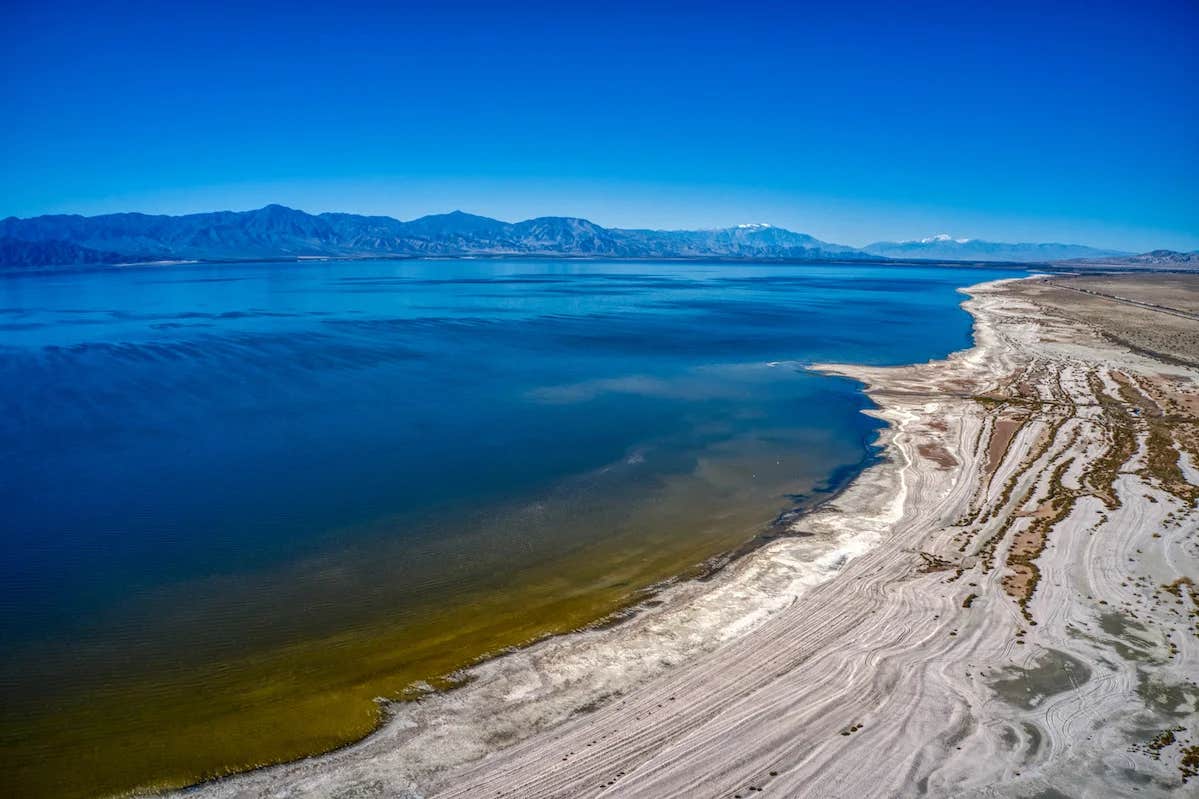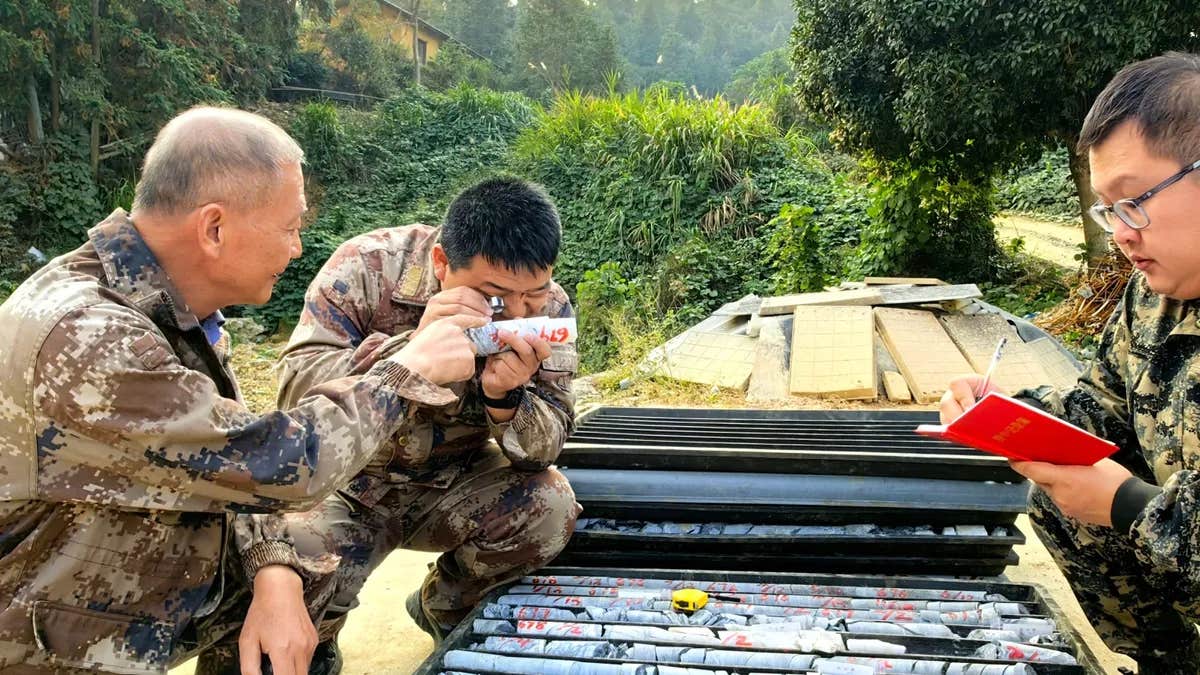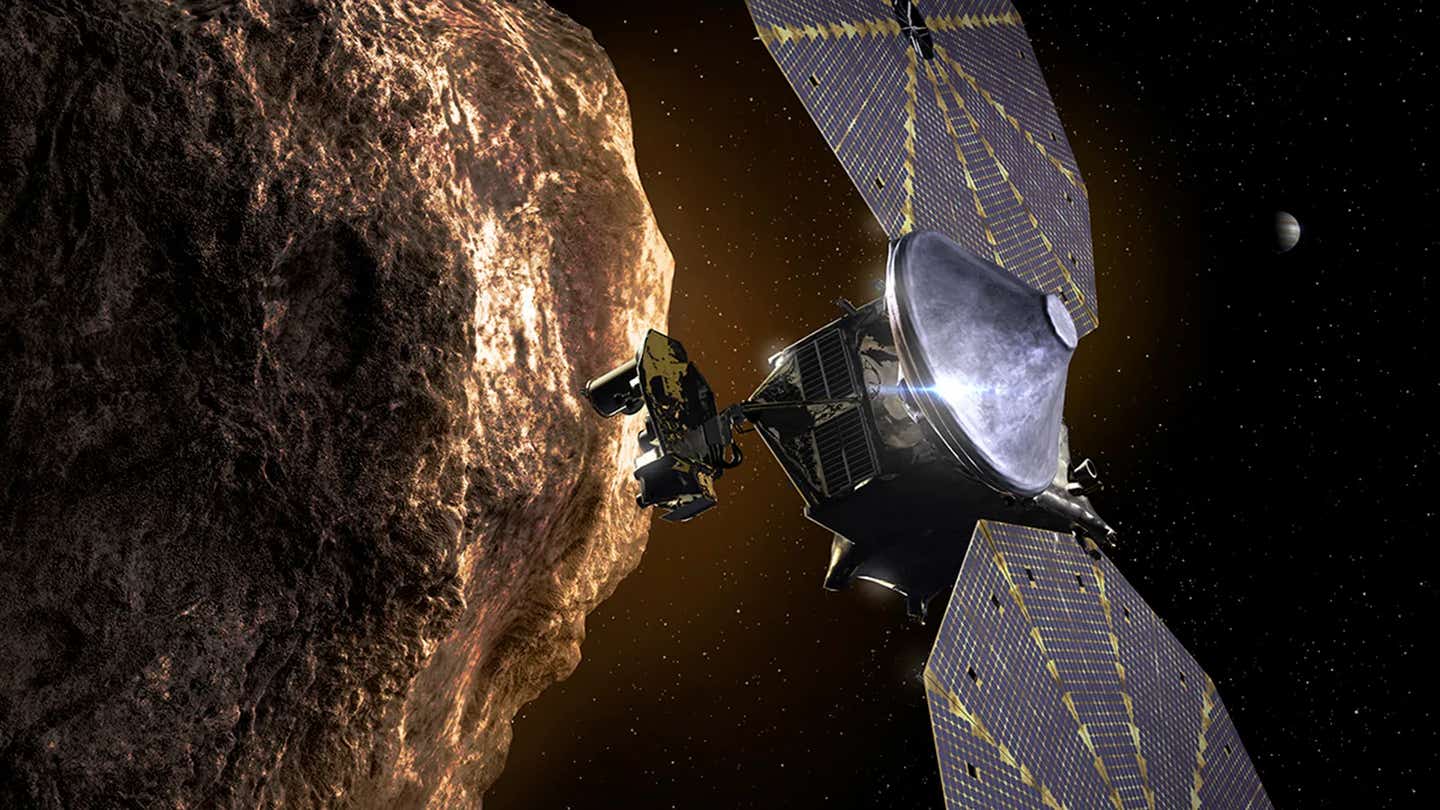‘White gold’ discovery in California could power 375 million electric vehicles
In the southeastern corner of California lies the Salton Sea, a vast, body of water that might be the key to the future of clean energy

The Salton Sea, a vast, shrinking body of water that might just be the key to the world’s future in clean energy. (CREDIT: CC BY-SA 3.0)
In the southeastern corner of California lies the Salton Sea, a vast, shrinking body of water that might just be the key to the world’s future in clean energy. According to a recent U.S. Department of Energy report, this area holds a treasure trove of lithium—enough to power over 375 million electric vehicle (EV) batteries. This is more than the total number of vehicles currently on U.S. roads, positioning the region as a potential powerhouse in the global lithium market.
Lithium is crucial for the production of rechargeable batteries used in everything from electric cars to smartphones. With the global push towards clean energy and the U.S. aiming for greater energy independence, this discovery seems like a promising development. However, as experts from the University of Southern California (USC) caution, the rush to mine lithium in America could come with severe environmental and public health consequences.
The Promise of ‘Lithium Valley’
“‘Lithium Valley’ is now poised for a potential economic boom—one promoted not just by companies but by environmentalists who believe that the method of lithium extraction being proposed there is the ‘greenest’ approach available,” explained Manuel Pastor, director of the USC Equity Research Institute. “But the question is, who will benefit from the boom and who will face continued marginalization?”
The Salton Sea’s lithium is found in geothermal brine, a hot, mineral-rich water that lies beneath the surface. This type of lithium extraction is considered less damaging to the environment compared to traditional hard rock mining. The method involves pumping the brine to the surface, where lithium can be extracted, and then returning the brine to the ground. This process is being hailed as a potential game-changer for sustainable lithium production.
California’s Entry into the Lithium Market
Australia currently leads the world in lithium production, mainly from hard rock mines. Countries like Argentina, Chile, and China are also major producers, extracting lithium from salt lakes. But now, California’s Salton Sea is becoming a significant player, according to the World Economic Forum.
The pandemic and geopolitical tensions have highlighted the risks of relying on foreign sources for essential materials like lithium, nickel, and cobalt, which power the batteries in EVs and electronic devices. The World Bank predicts that the demand for lithium will surge by 500% by 2050.
Related Stories
“To enable sustainable future production from local resources, the U.S. needs to reduce the amount of lithium used in batteries and seek alternative local sources of lithium,” stated Greys Sošić, an expert in sustainability and global supply chains at the USC Marshall School of Business.
Geothermal brine lithium recovery, as proposed for the Salton Sea, is one such alternative that could help meet the soaring demand while reducing reliance on foreign lithium supplies.
Environmental and Public Health Concerns
The Salton Sea is an unusual body of water. It was accidentally created in 1905 due to an engineering error and has since been shrinking, exposing toxic dust from its dry lakebed. This dust poses significant health risks, especially for children in the surrounding communities, which are already grappling with environmental and economic hardships.
“This is one of the poorest counties in California, with a median household income roughly one-third of that in Silicon Valley … and it has a population which is 85% Latino but with political representation falling far short of that standard,” Pastor said.
In these communities, childhood asthma rates are alarmingly high. Shohreh Farzan, an associate professor of population and public health at the Keck School of Medicine of USC, has been studying air quality around the Salton Sea since 2017. “The childhood asthma rate for the communities around the sea is 22%, compared to the national average of roughly 8%,” she reported.
“Many children in this area are affected by respiratory symptoms, such as wheezing and allergies, and the local air quality is a likely contributor to the high rates we see,” Farzan noted. “The trade-off with lithium is that while it can reduce our reliance on fossil fuels, there is much that remains to be understood about the environmental impacts of the extraction process and whether this energy transition could impact the health of the surrounding communities.”
Balancing Progress with Protection
The push for lithium extraction in the Imperial Valley reflects a broader global challenge: balancing the urgent need for clean energy with the imperative to protect vulnerable communities and ecosystems. Jill Johnston, an associate professor in the division of environmental health at USC, emphasized this point.
“While efforts to move away from fossil fuels and promote zero-emissions technology is important for public health, it is critical to avoid creating new environmental hazards. The overly burdened families near the proposed lithium extraction site deserve to have clean air and water and protection of their health,” she said.
As the world races towards a green energy future, the Imperial Valley stands at a crossroads. The potential economic benefits from lithium extraction could be substantial, offering jobs and growth in a region that sorely needs them. Yet, the environmental and health challenges cannot be ignored.
The key will be finding a way to harness the Salton Sea’s lithium in a manner that respects both the people and the environment of this unique area. If done correctly, ‘Lithium Valley’ could become a model for sustainable resource extraction. If not, it could become yet another example of how economic development can leave the most vulnerable communities behind.
Note: Materials provided above by The Brighter Side of News. Content may be edited for style and length.
Like these kind of feel good stories? Get The Brighter Side of News' newsletter.
Joseph Shavit
Head Science News Writer | Communicating Innovation & Discovery
Based in Los Angeles, Joseph Shavit is an accomplished science journalist, head science news writer and co-founder at The Brighter Side of News, where he translates cutting-edge discoveries into compelling stories for a broad audience. With a strong background spanning science, business, product management, media leadership, and entrepreneurship, Joseph brings a unique perspective to science communication. His expertise allows him to uncover the intersection of technological advancements and market potential, shedding light on how groundbreaking research evolves into transformative products and industries.



